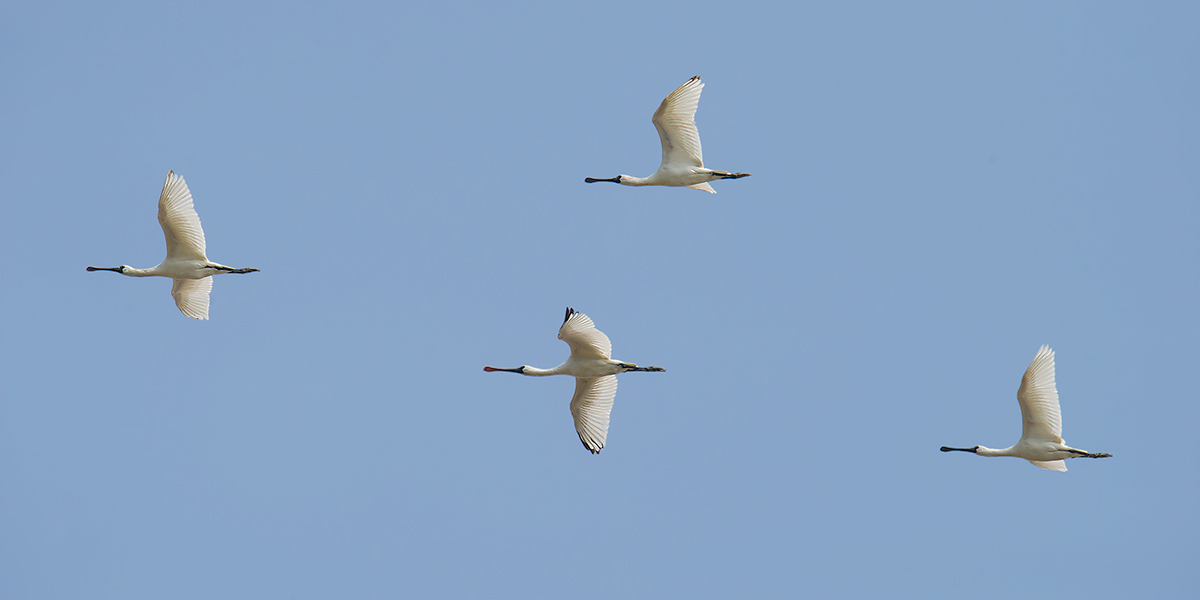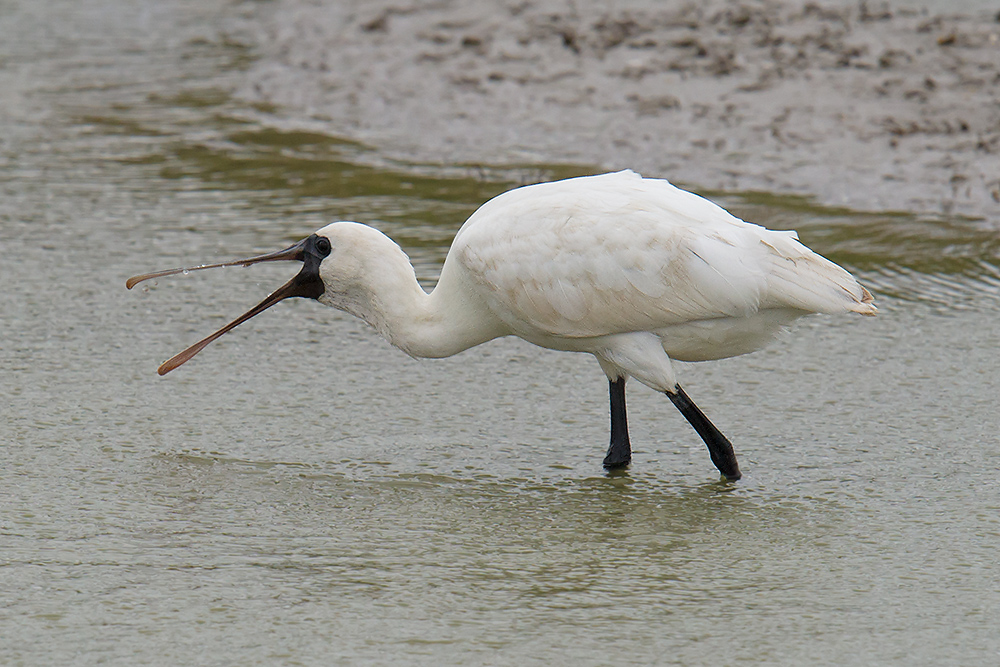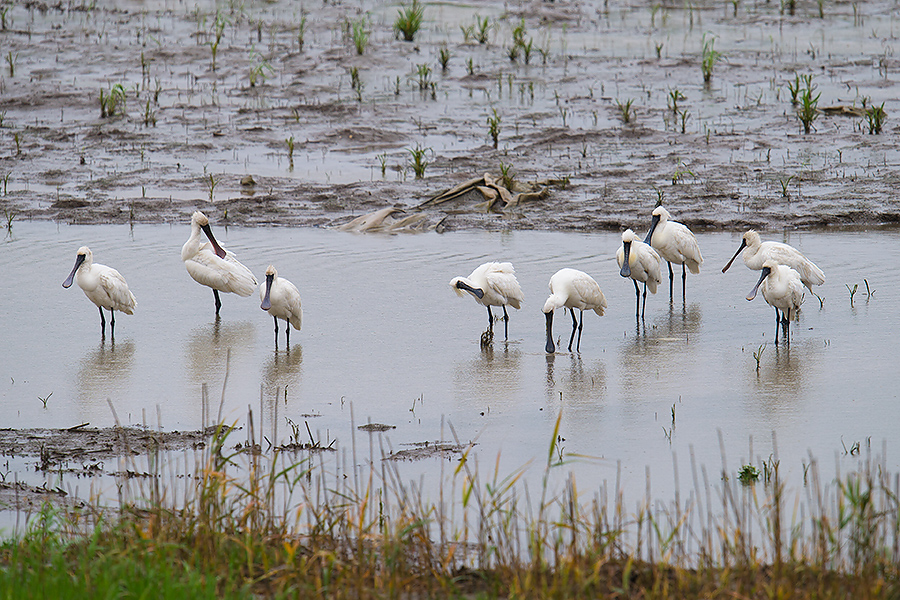
by Craig Brelsford
Founder, shanghaibirding.com
Earlier this week I published Save the Nanhui Wetland Reserve! On Thursday at the defunct reserve, I saw yet again more than 50 Black-faced Spoonbill—by some measures, 2 percent of the world population of that endangered species. And I got to thinking again.
In many countries, once it was established that 2 percent of the world population of an endangered bird was relying on a site, then it would be game over, proclaim the site a nature reserve—no matter how valuable the land was. The rhetorical question would be, “To what better use could the land possibly be put?”
The local people would forgo the cash that would have been generated by the development of the land. They would say, “We can’t develop every last square meter, after all.” They would cradle Black-faced Spoonbill to their bosom.
At the site, further discoveries would be made. Nordmann’s Greenshank and Spoon-billed Sandpiper, two critically endangered species, also use the site. Great Knot, yet another endangered species, was there Thursday. Rarities like Pomarine Jaeger sometimes appear.
Those species would find refuge in Earth’s largest city. They would have a permanent base in mainland Pudong. They would be the pride of Nanhui.
The easily accessible site would become internationally known, like Mai Po in Hong Kong and Sungei Buloh in Singapore. Tourists would make trips to Shanghai—and on their visa application, under “purpose of visit,” write, “birdwatching.” Elementary schools would take field trips there. The kids would love it!
The current reality is this. When I first started going to Nanhui back in 2008, Black-faced Spoonbill almost always were hundreds of meters away. They would occasionally appear in the canal at the base of the sea wall. If you so much as stopped your car, they would stop feeding. If you opened your door, they would fly a long way away.
Now, in the defunct nature reserve, many of them are feeding right next to the access road. When you stop your car, they keep feeding. When you open your door, they fly 30 m back and start feeding again.
Have spoonbills lost their fear of man? Or, amid the shrinking of the local habitat, are they so desperate for a feed that they have lost their instinct to flee?


